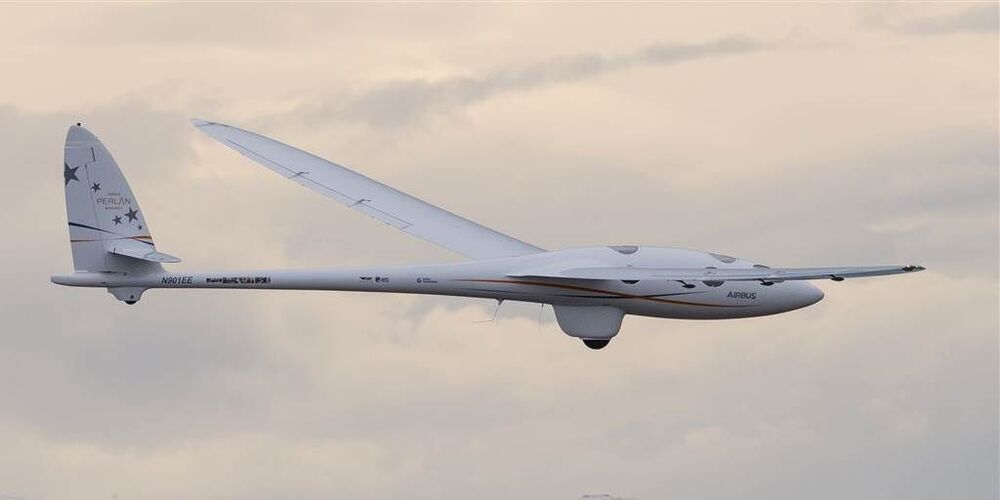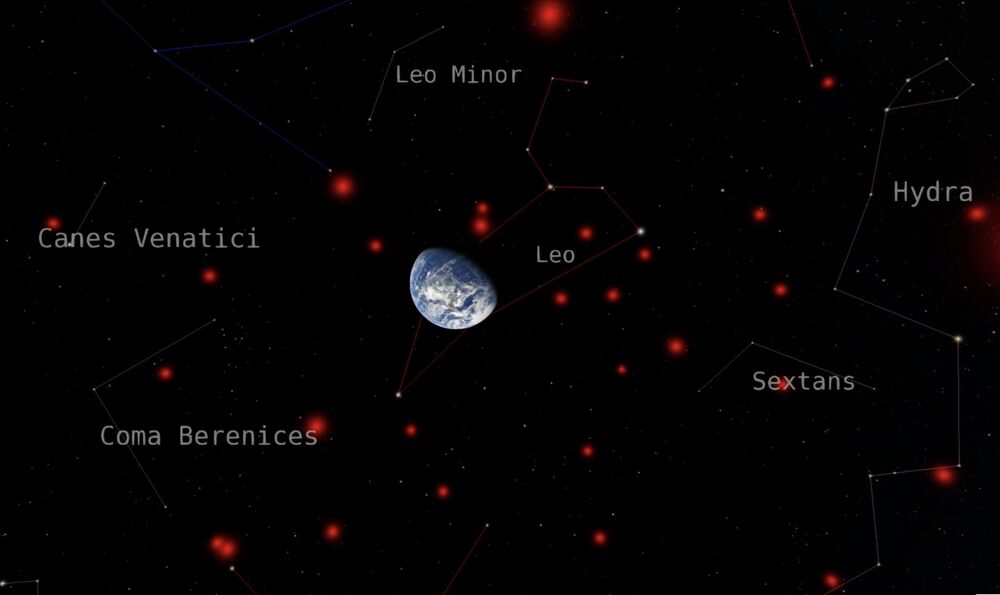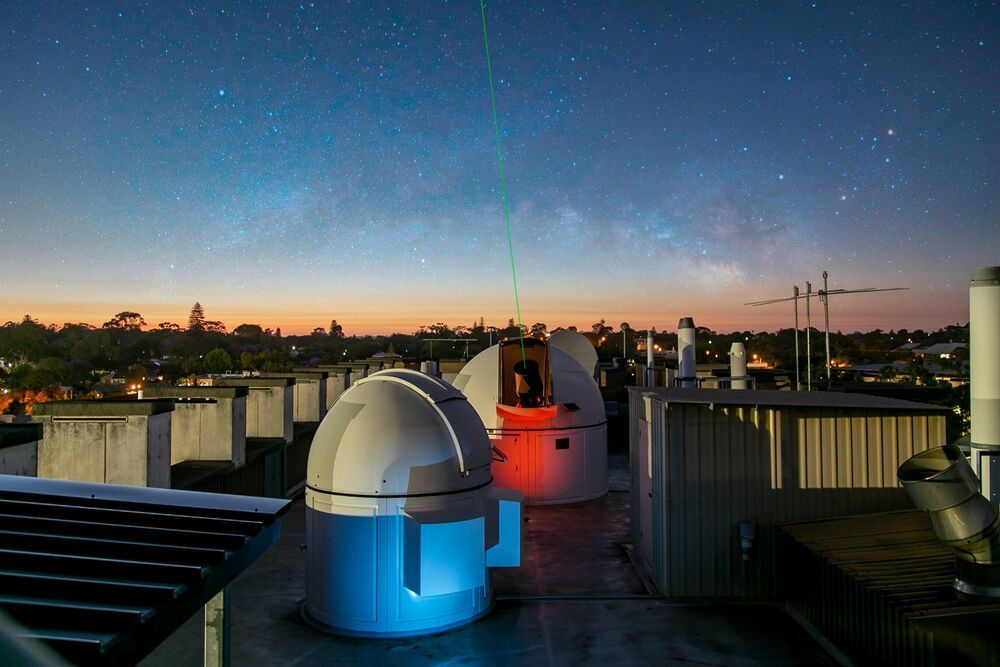Page 5762
Jan 22, 2021
Experimental glider smashes record for high-altitude flight
Posted by Quinn Sena in categories: surveillance, transportation
Circa 2018
Riding the wind above the Andes Mountains, an experimental glider has set a world record for high-altitude flight.
On Sept. 2, the sleek Perlan 2 glider carried two pilots to 76100 feet, or more than 14 miles, over the El Calafate region in southern Argentina. That’s the highest altitude ever reached by humans aboard an unpowered fixed-wing aircraft, and one of the highest altitudes reached by an aircraft of any description. Only spy planes and specialized balloons have flown higher.
Continue reading “Experimental glider smashes record for high-altitude flight” »
Jan 22, 2021
New website launched to document vulnerabilities in malware strains
Posted by Genevieve Klien in category: cybercrime/malcode
Controversy brewing?
But the site also touches on a sensitive topic in the cyber-security industry. For decades, security researchers have been secretly hacking back against malware operators.
Just like malware sometimes uses bugs in legitimate apps to infiltrate systems, security firms have also used bugs in malware code to infiltrate the attacker’s infrastructure.
Jan 22, 2021
Tini Veltman (1931–2021): From Assembly Language to a Nobel Prize—Stephen Wolfram Writings
Posted by Genevieve Klien in category: computing
Stephen Wolfram shares how he met physicist Tini Veltman, their conversations about computers and a bit about Veltman’s Nobel Prize-winning work.
Jan 22, 2021
Citizen Scientists Help Create 3D Map of Cosmic Neighborhood
Posted by Heather Blevins in category: space
More than 150000 volunteers around the world are helping NASA explore the universe—and you could be one of them! Citizen scientists are helping astronomers map out nearby stars, but that’s only one of the many NASA Citizen Science projects available to the public. Take a look:
Is our solar system located in a typical Milky Way neighborhood? Scientists have gotten closer to answering this question.
Jan 22, 2021
Your Cortex Contains 17 Billion Computers
Posted by Jose Ruben Rodriguez Fuentes in category: robotics/AI
Neural networks of neural networks.
Brains receive input from the outside world, their neurons do something to that input, and create an output. That output may be a thought (I want curry for dinner); it may be an action (make curry); it may be a change in mood (yay curry!). Whatever the output, that “something” is a transformation of some form of input (a menu) to output (“chicken dansak, please”). And if we think of a brain as a device that transforms inputs to outputs then, inexorably, the computer becomes our analogy of choice.
For some this analogy is merely a useful rhetorical device; for others it is a serious idea. But the brain isn’t a computer. Each neuron is a computer. Your cortex contains 17 billion computers.
Continue reading “Your Cortex Contains 17 Billion Computers” »
Jan 22, 2021
Presentación de “La Mort de la Mort” (inglés)
Posted by Montie Adkins in category: life extension

NOT curing aging is immoral.
El libro de José Luis Cordeiro y David Wood, “La Muerte de la Muerte”, cuya publicación en español cubrimos en su día, se ha presentado ahora en francés. Los autores han hecho esta presentación en inglés para promocionarlo.
Continue reading “Presentación de ‘La Mort de la Mort’ (inglés)” »
Jan 22, 2021
Space station detectors found the source of weird ‘blue jet’ lightning
Posted by Quinn Sena in categories: climatology, space
Blue jets have been observed from the ground and aircraft for years, but it’s hard to tell how they form without getting high above the clouds. Now, instruments on the International Space Station have spotted a blue jet emerge from an extremely brief, bright burst of electricity near the top of a thundercloud, researchers report online January 20 in Nature.
Understanding blue jets and other upper-atmosphere phenomena related to thunderstorms, such as sprites (SN: 6/14/02) and elves (SN: 12/23/95), is important because these events can affect how radio waves travel through the air — potentially impacting communication technologies, says Penn State space physicist Victor Pasko, who was not involved in the work.
Cameras and light-sensing instruments called photometers on the space station observed the blue jet in a storm over the Pacific Ocean, near the island of Nauru, in February 2019. “The whole thing starts with what I think of as a blue bang,” says Torsten Neubert, an atmospheric physicist at the Technical University of Denmark in Kongens Lyngby. That “blue bang” was a 10-microsecond flash of bright blue light near the top of the cloud, about 16 kilometers high. From that flashpoint, a blue jet shot up into the stratosphere, climbing as high as about 52 kilometers over several hundred milliseconds.
Jan 22, 2021
New York City’s Rats Are Doing Just Fine
Posted by Quinn Sena in category: biotech/medical
Essentially nearly all the animals are fine and plants too just humans are affected by the virus.
When COVID hit New York and the city shut down, it upended life for rats, too. But, like always, they’ve adjusted.
Jan 22, 2021
Record-breaking laser link could provide test of Einstein’s theory
Posted by Quinn Sena in category: space
Scientists from the International Centre for Radio Astronomy Research (ICRAR) and the University of Western Australia (UWA) have set a world record for the most stable transmission of a laser signal through the atmosphere.
In a study published today in the journal Nature Communications, Australian researchers teamed up with researchers from the French National Centre for Space Studies (CNES) and the French metrology lab Systèmes de Référence Temps-Espace (SYRTE) at Paris Observatory.
The team set the world record for the most stable laser transmission by combining the Aussies’ phase stabilization technology with advanced self-guiding optical terminals. Together, these technologies allowed laser signals to be sent from one point to another without interference from the atmosphere.

















